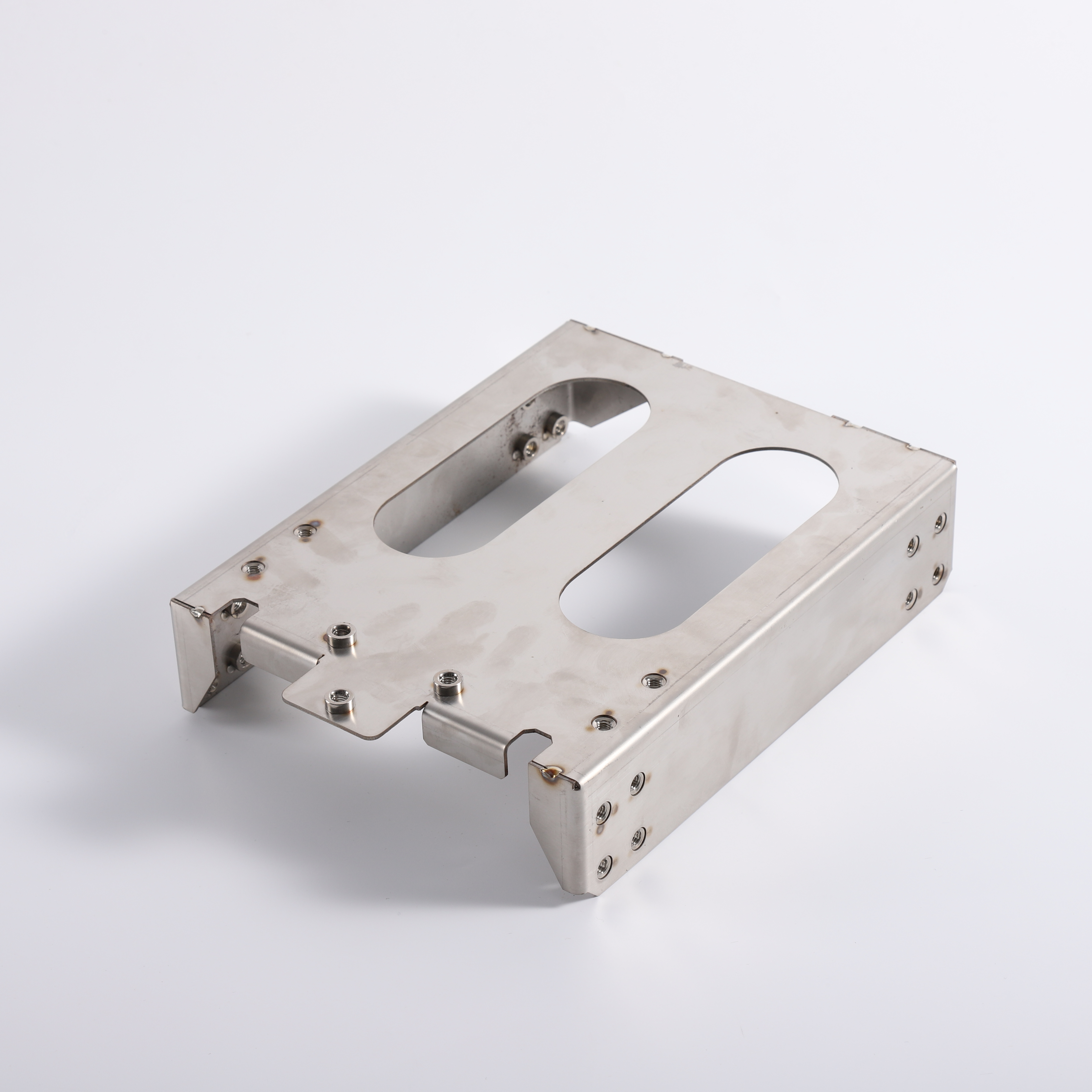LED lighting industry standards introduced
The Semiconductor Lighting Technology Evaluation Alliance and China Semiconductor Lighting/LED Industry and Application Alliance released four LED lighting industries in Beijing on the 30th in Beijing for safety requirements, performance requirements and non-directional self-ballasted LED lamp specifications and performance requirements. Standards are required.
According to the National Electric Light Source Quality Supervision and Inspection Center (Beijing), China's LED lighting industry has many problems such as large number of enterprises, small scale, and uneven product quality. Product exports often face obstacles such as different standards and certifications in the international market. The four standards issued this time will fill the gaps in the relevant product fields in China, standardize and guide the sustainable and healthy development of enterprises.
LED is an abbreviation for LED. Compared with incandescent lamps and energy-saving lamps, LED lamps have the advantages of more energy saving, longer life and less pollution, and represent the development direction of future lighting products.
China is a big country in the production of LED lighting, which has a global output of about 90%, and its products are widely sold to the international market. In recent years, many cities in China have applied LED lighting equipment to roads, schools, shopping malls, hotels and so on.
The National Electric Light Source Quality Supervision and Inspection Center (Beijing) has submitted a proposal for the classification of LED lamp specifications to the Lighting Products Technical Committee of the International Electrotechnical Commission this year, which has been widely recognized by the members of the world. This will greatly enhance China's participation and initiative in the development of international LED standards, and play its due role in the formulation of international standards for related products.
Sheet Metal Fabrication
Definition of sheet metal fabrication
Sheet Metal fabrication is the creation of useful metallic parts and structures by the application of multiple fabrication processes. Sheet metal fabrication is basically a broad term that involves various complex processes like cutting, forming, bending, welding, machining, and assembling. The instructions include below: materials, processes, and tools required for sheet metal fabrication.
Types of Sheet Metal Fabrication Materials
The choice of metal depends on the final use of the fabricated parts.
Common fabrication processes:
· Carbon Steel
· Stainless Steel
· Aluminum
· Bronze
· Copper
· Brass
· Aluminized steel
· Galvanized steel
Types of Metal Fabrication Processes
The journey to the final product from raw sheet metals proceeds through various sheet metal fabrication processes. All the sheet metal fabrication processes can be grouped into the following three categories:
· Cutting
· Deformation
· Assembly
Sheet metal fabrication: Cutting
ii. Water jet cutting
iii. Plasma cutting

Sheet metal fabrication: Forming or Deformation
Bending: Sheet metal bending is one of the most popular deformation processes. A machine known as a Press brake is used to bend sheet metals into V, U, or other complex shapes. With an increase in gauge thicknesses of sheet metals the force required to bend increases.
Stamping: In the stamping process, a hydraulic or mechanical stamping press equipped with a tool and die is used to perform specific tasks like curling, drawing, embossing, flanging, etc
Hemming: Hemming is a process by which the edges of sheet metal are folded over itself or another piece of sheet metal to create a rounded edge. In the sheet metal fabrication process, two types of hemming processes are widely involved. They are roll hemming and conventional die hemming. Conventional hemming is used for mass production. A hemming roller is used for roll hemming.
Spinning: Spinning is a metal fabrication process where a lathe machine is used to rotate the sheet metal against a tool to produce conical or cylindrical shapes.
Sheet metal fabrication: Assembly
Assembly is basically joining Sheet Metal Components produced using above mentioned cutting or bending processes. The common sheet metal assembly process consists of joining by Welding and joining using fasteners.
Welding: In the welding process, sheet metal components are joined together by melting sections with the application of heat to form a solid connection. There are various processes available that are used to weld sheet metals.
Joining using Fasteners: Similar or dissimilar sheet metal parts can easily be joined using fasteners like bolts, screws, rivets, etc.
Brazing: Brazing is a process similar to welding that operates by melting a filler without melting the sheet metals.
Adhesives: Adhesives can be used to hold metal sheets together in conjunction with other joining methods
Advantages and Disadvantages of Sheet Metal Fabrication
As sheet metal fabrication covers a wide area of techniques and methods, the advantages and limitations will vary depending on the process used during fabrication.
Benefits:
i. Sheet metal fabrication is fast and can produce high-quality components.
i. A large number of processes are available with wide range of materials
ii. High strength to weight ratio for sheet metal fabricated parts.
Disadvantage:
i. Each fabrication process has their own limitations.
ii. High initial cost for set up of equipment and tools.
iii. Requirement of skilled labors for each process.
Sheet Metal Fabrication,Custom Sheet Metal Fabrication,Precision Sheet Metal Fabrication,Stainless Steel Sheet Metal Fabrication
Suzhou FCE precision electronics Co., LTD , http://www.fcesz.com